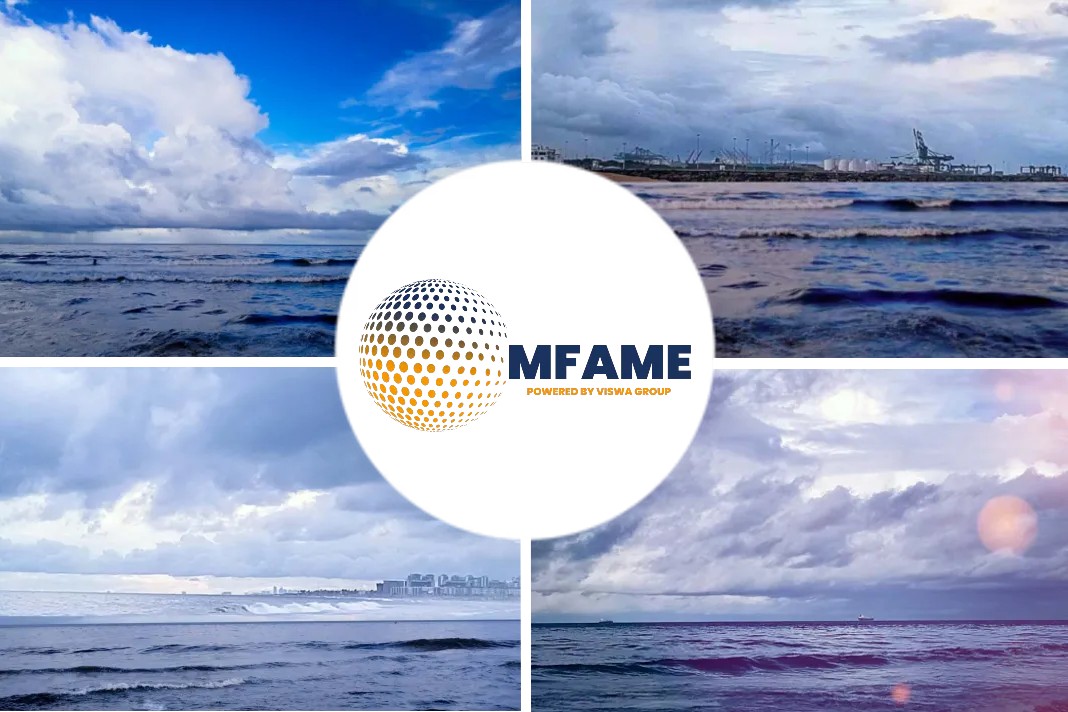- 2022 has been a landmark year for LNG with record orders for newbuildings.
- But October belonged to another alternative fuel — methanol.
- 18 ultra-large container ships capable of burning methanol have been ordered.
South Korean and Chinese shipyards signed orders to build 18 ultra-large container ships (ULCSs) that will be powered by dual-fuel methanol engines. These deals were inked by liner companies AP Møller-Maersk, COSCO Shipping and OOCL.
Changing Tastes
COSCO-owned OOCL and COSCO Shipping Lines signed a new building contract for a dozen 24,000-TEU green-methanol-ready container ships with Nantong COSCO KHI Ship Engineering (NACKS) and Dalian COSCO KHI Ship Engineering (DACKS).
NACKS, a joint venture between Kawasaki Shipbuilding and COSCO Shipping, will build seven of the ultra-large container ships (ULCSs), while DACKS shipyard, another joint venture between COSCO Shipping and Kawasaki Shipbuilding, will build the remaining five ships. Worth a total of US$2.86Bn – working out to US$239.85M per ship – the delivery of the new ships will take place between 2026 and 2028, according to the companies.
AP Moller-Maersk, meanwhile, ordered six 17,000-TEU ULCSs from Hyundai Heavy Industries (HHI). Maersk said the new vessels, all for delivery in 2025, will replace existing capacity in its fleet.
Methanol Month
DNV principal consultant Martin Christian Wold noted the increased interest in methanol in a social media post, saying October was the first month orders for methanol-fuelled ships outnumbered LNG. “The car-carrier segment is fuelling the growth this month, bringing the total number of ships in this segment to 112,” wrote Mr Wold.
Meanwhile, the global fleet of methanol-fuelled vessels continues to grow. There are 20 dual-fuel methanol vessels in operation, with 64 on order, with deliveries extending to 2028. Based on current orders and delivery dates, the global dual-fuel methanol fleet will almost triple in size by 2024, jumping from 20 to 58.
Overall, there are 47 container ships, seven oil/chemical tankers, four general cargo ships, four offshore vessels, one tug and one other type vessel in the order book that will be capable of burning methanol, according to DNV’s Alternative Fuel Insights.
Twin Stroke Engine
Orders for methanol-fuelled vessels stem from underlying confidence in fuel availability and engine technology. In early November, MAN Energy Solutions reported its portfolio of two-stroke, dual-fuel engine technology had passed 1,000 units on order or in service. These slow-speed engines, either based on the Diesel principle or Otto-cycle, burn LNG, methanol, ethane and LPG.
“This is yet another significant milestone for our dual-fuel portfolio that provides the green solutions desired by the marine market,” said MAN Energy Solutions SVP and head of low-speed engines Bjarne Foldager. Based on newbuilding ordering and engine ordering, Mr Foldager’s confidence seems to be well placed. The Danish engine designer’s alternative fuel engine portfolio has built on the success of its ME-GI two-stroke, Diesel-cycle, high-pressure dual-fuel engine, which was launched at a full-scale demonstration at its Copenhagen Research Centre more than a decade ago, in 2011.
Explaining methanol’s growing momentum as an alternative fuel for shipping, Mr Foldager ticked off several drivers. “Crucially, MAN B&W methanol engines are available and proven, with the first engines having already entered service back in 2016,” he said.
Did you subscribe to our newsletter?
It’s free! Click here to subscribe!
Source: Rivieramm






















